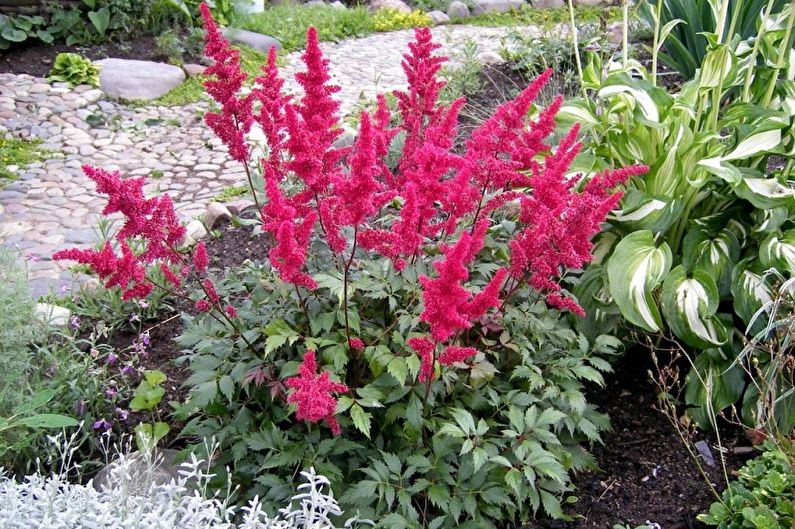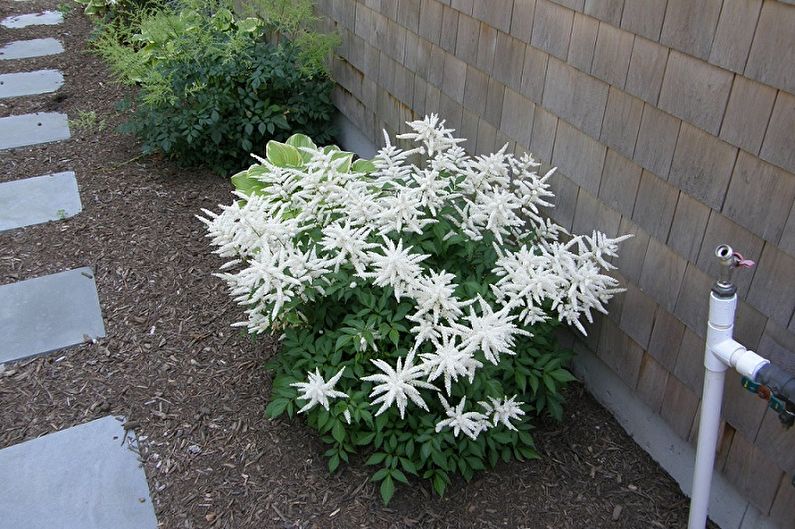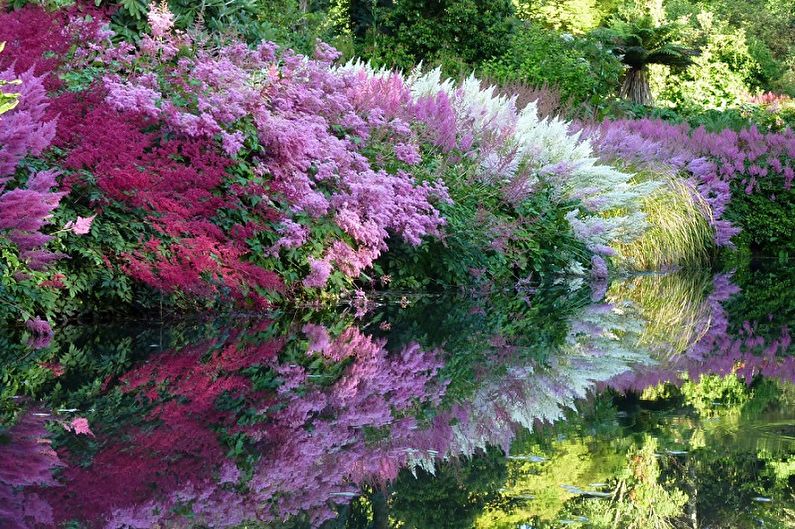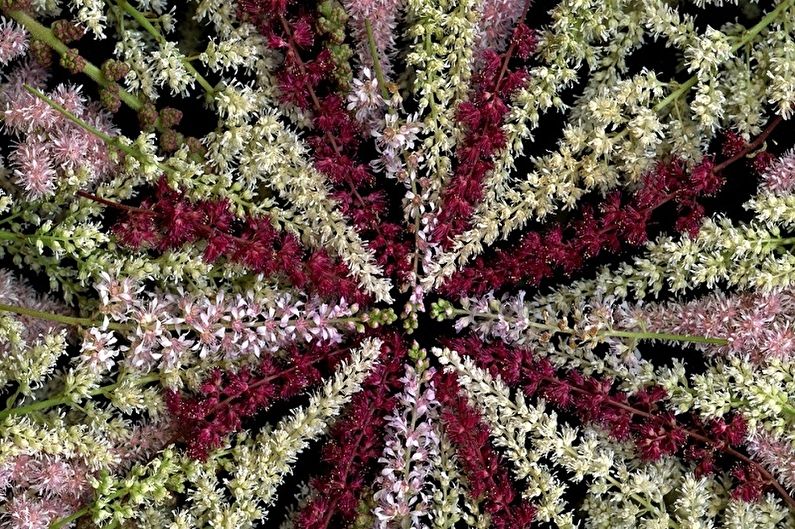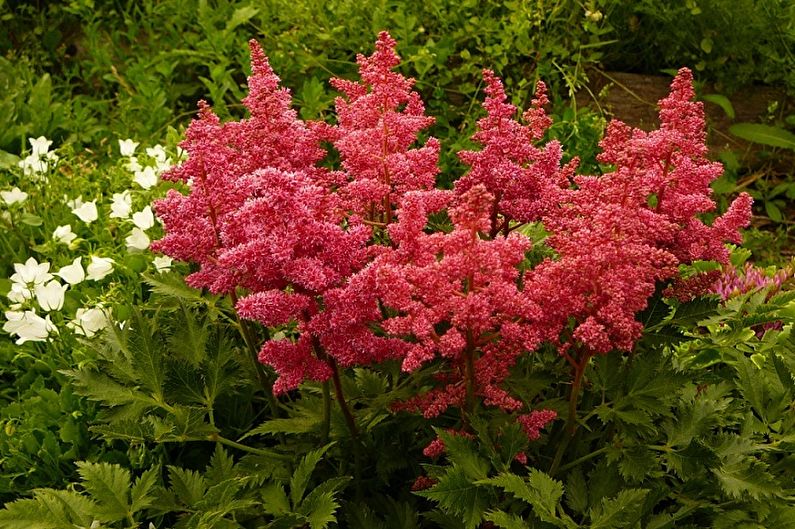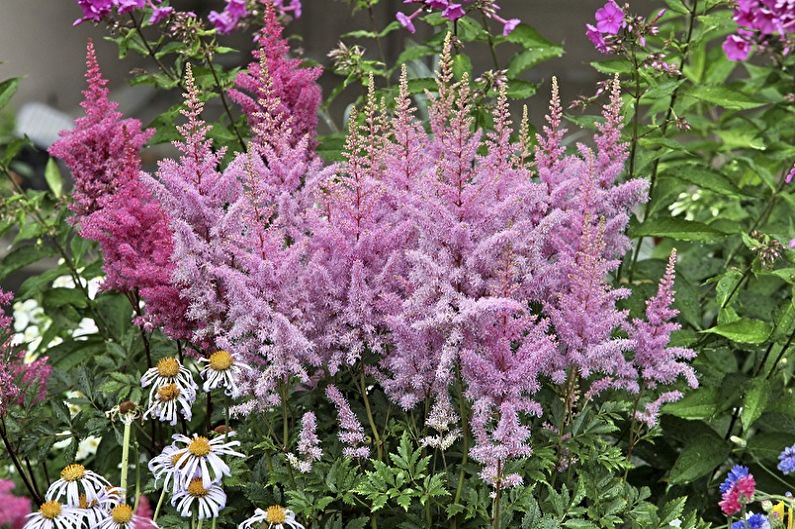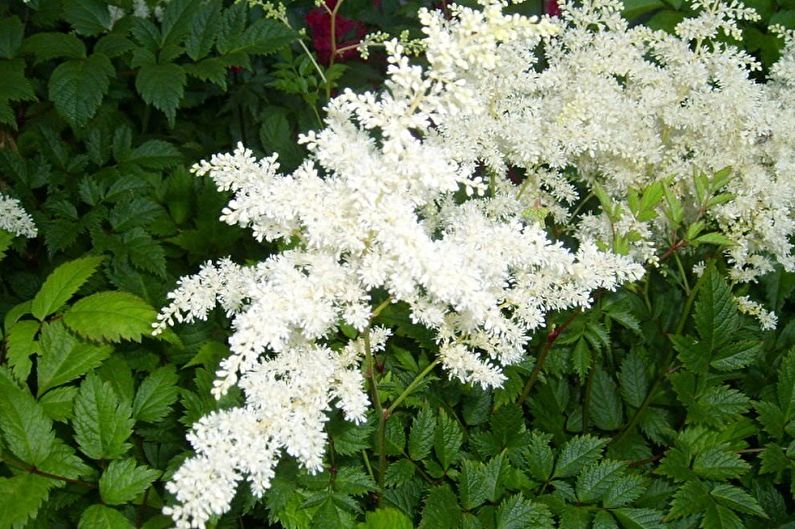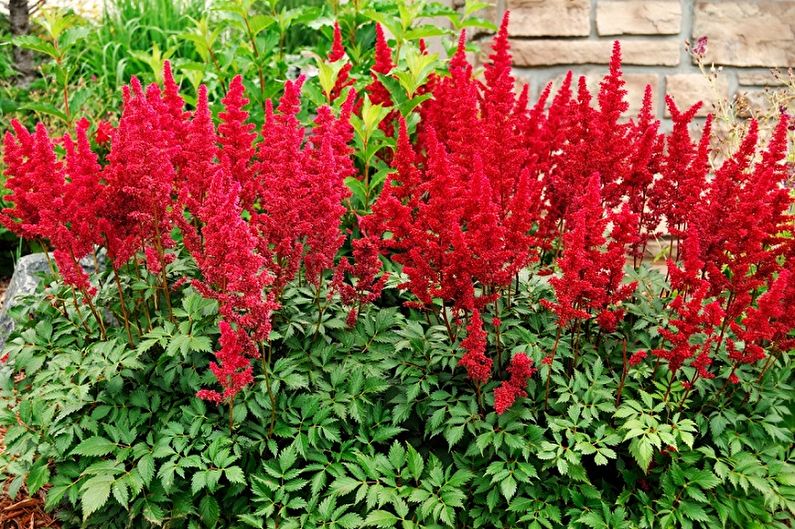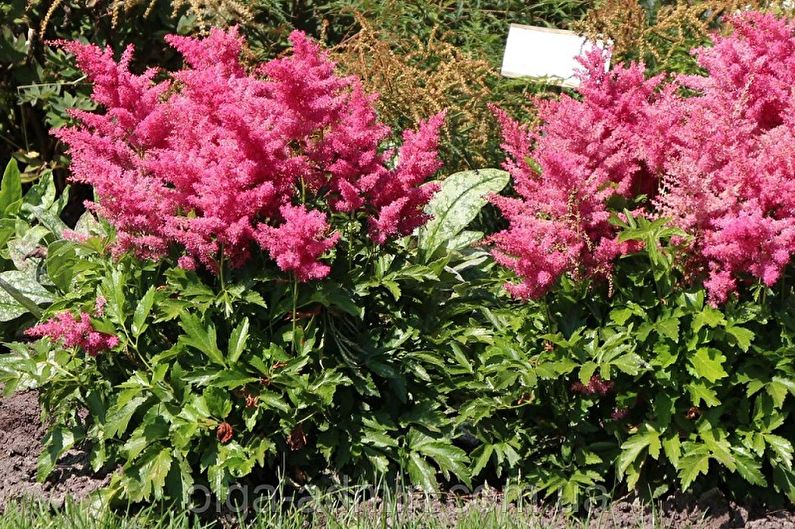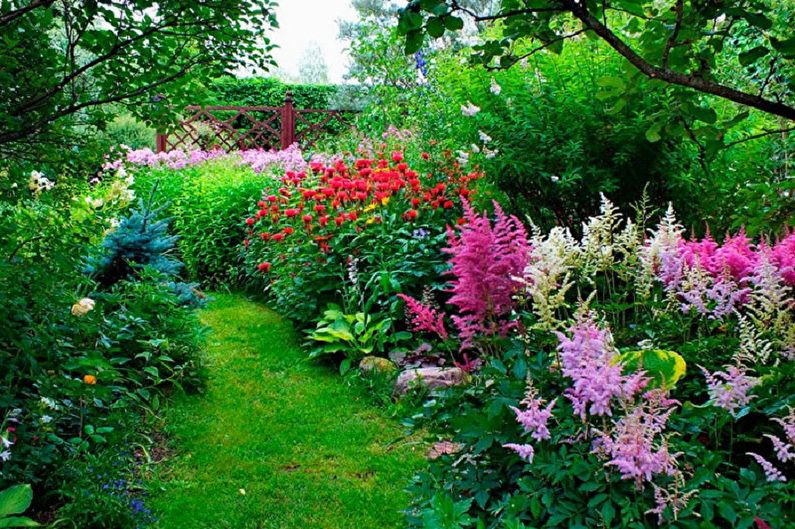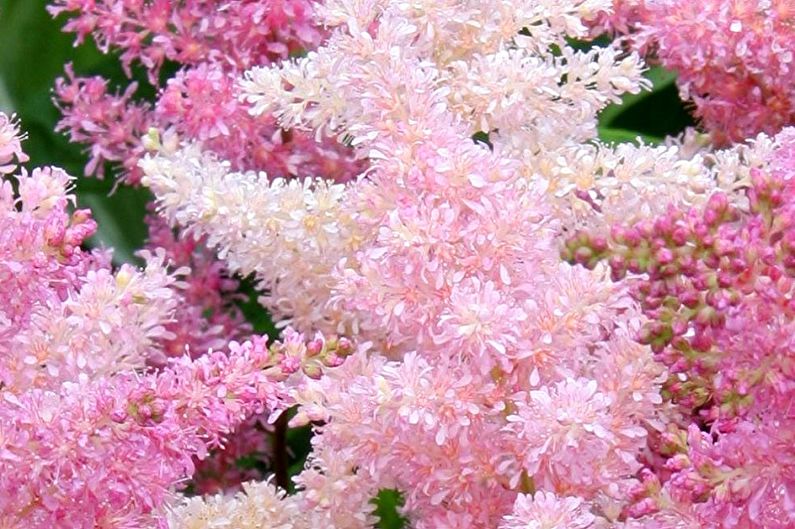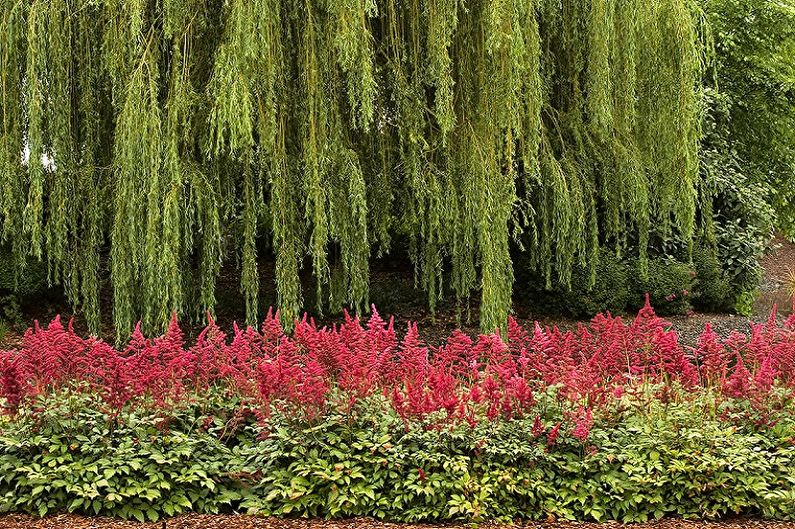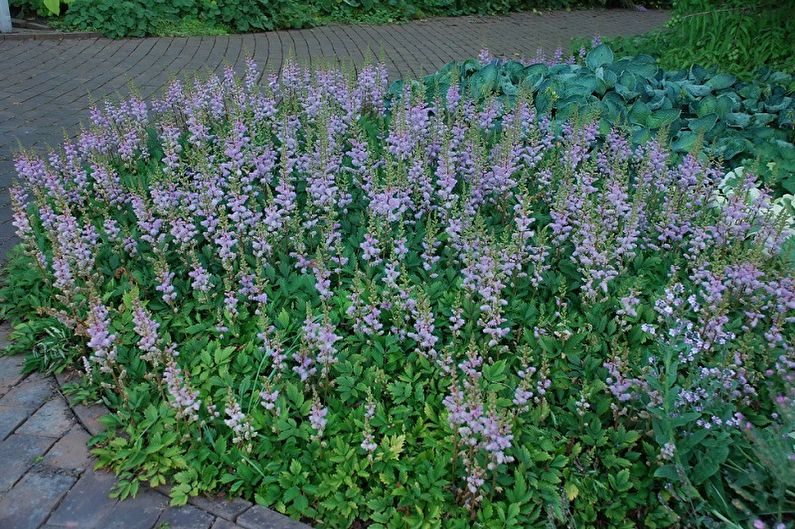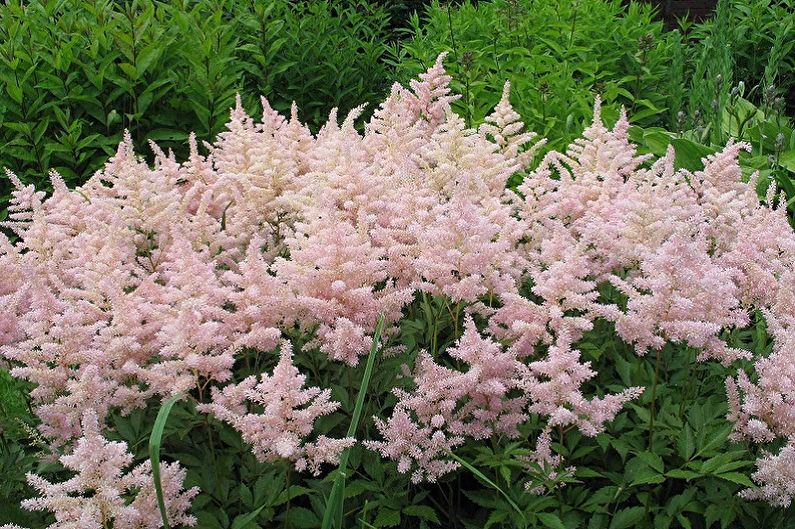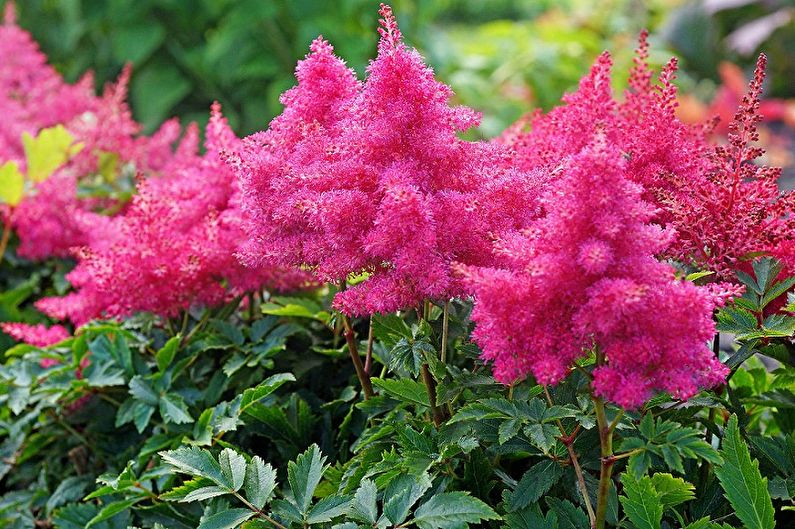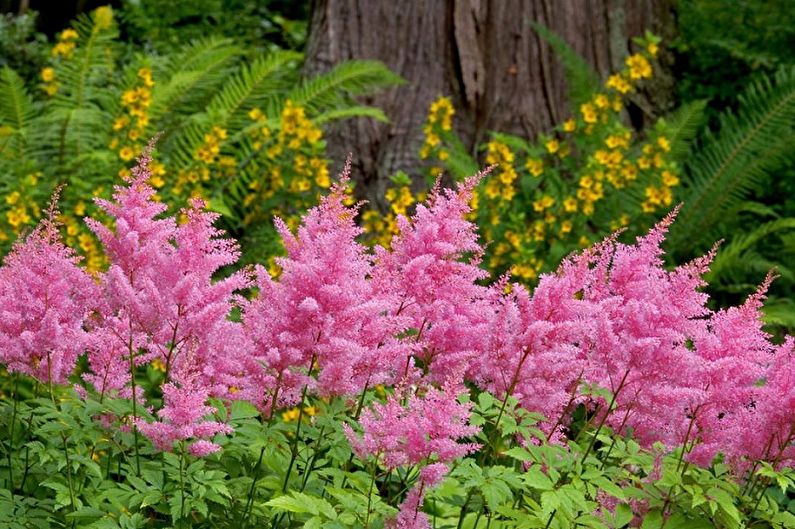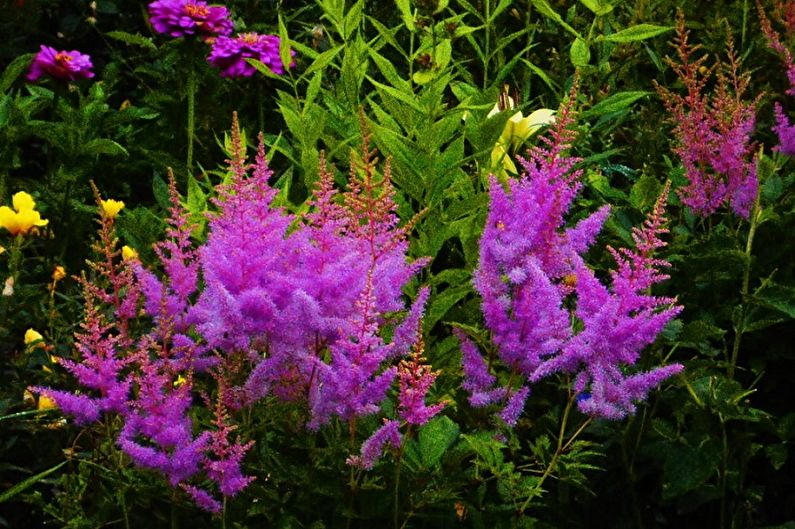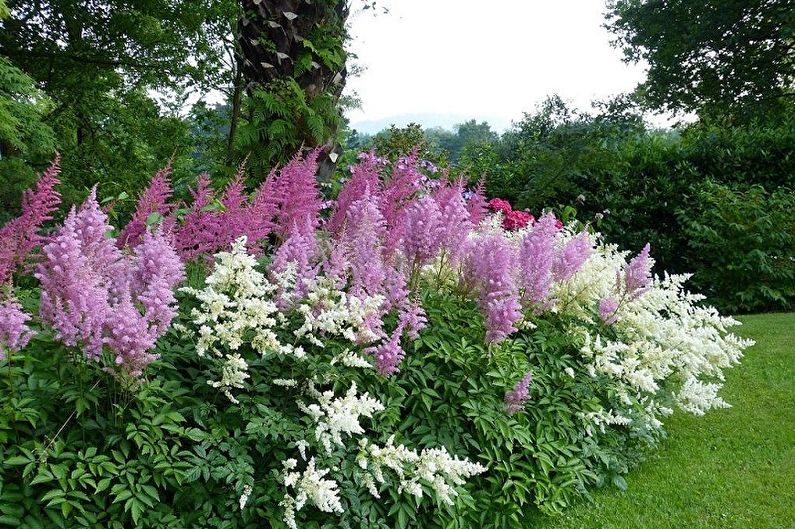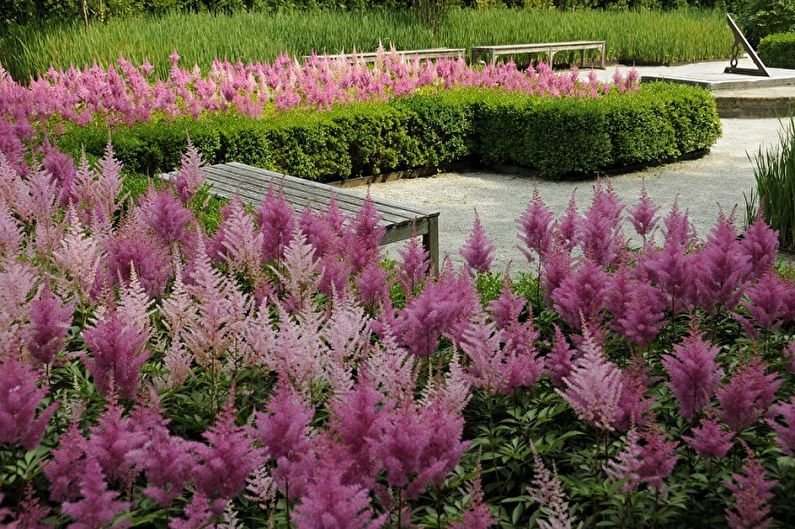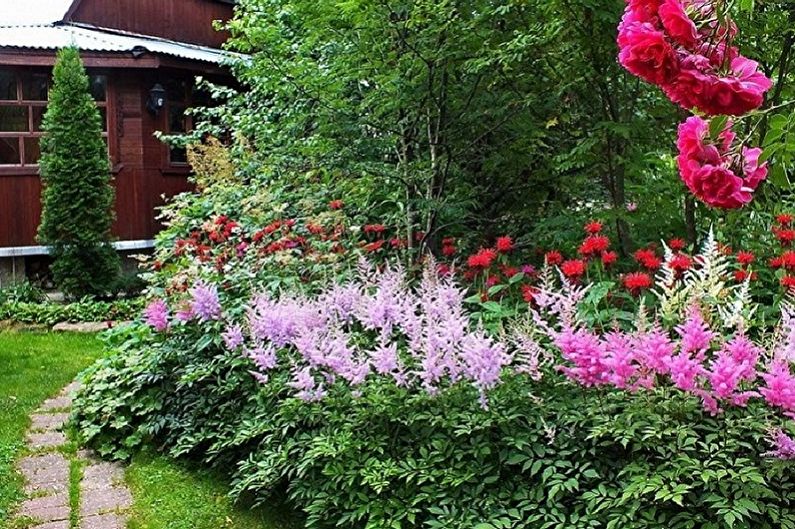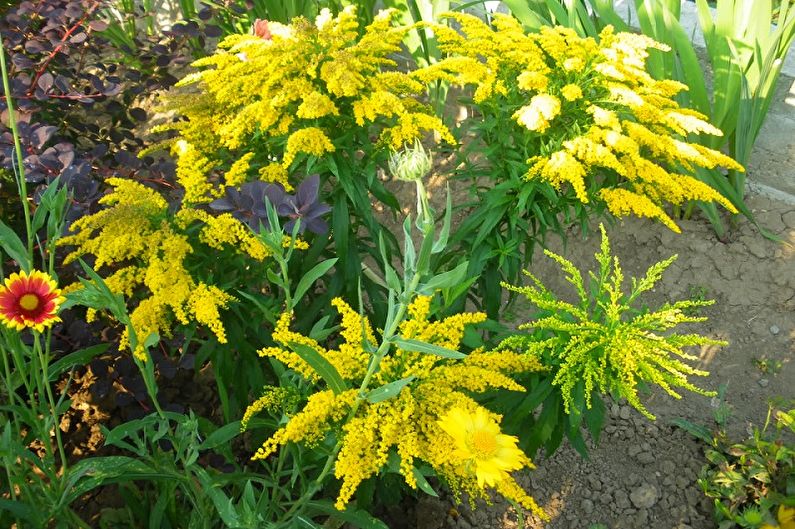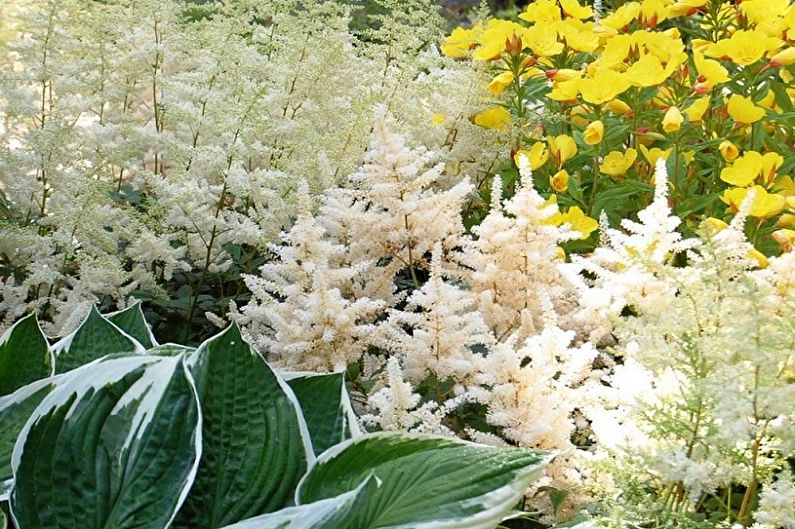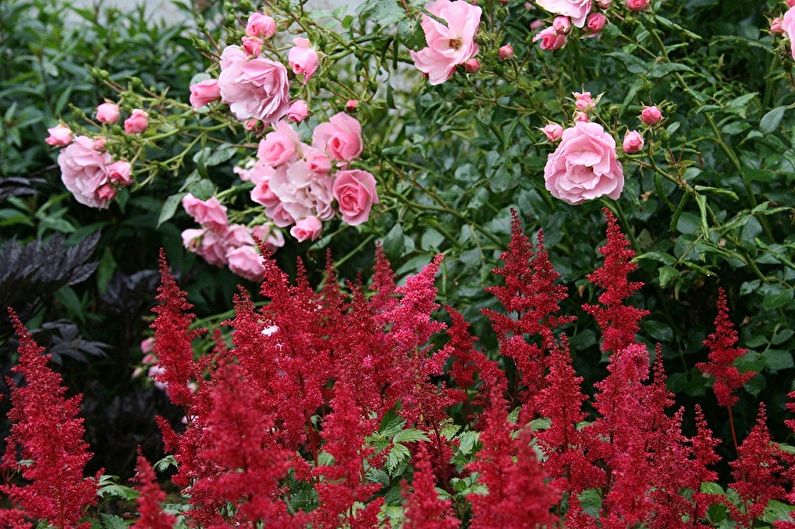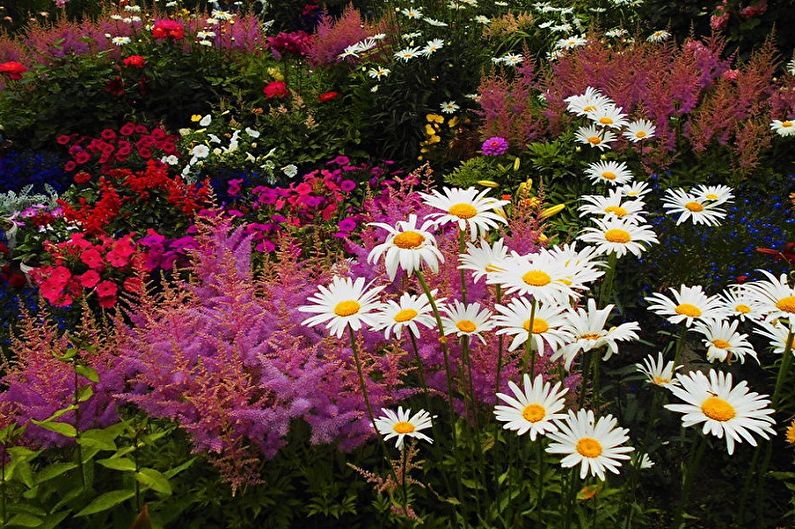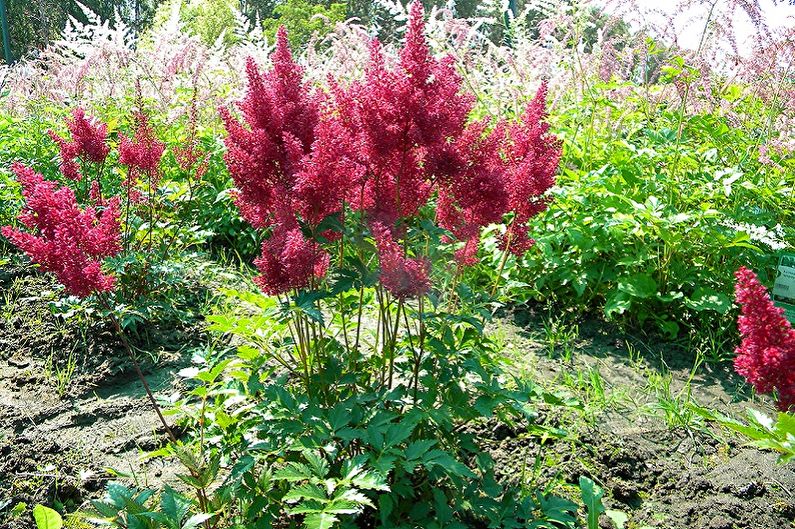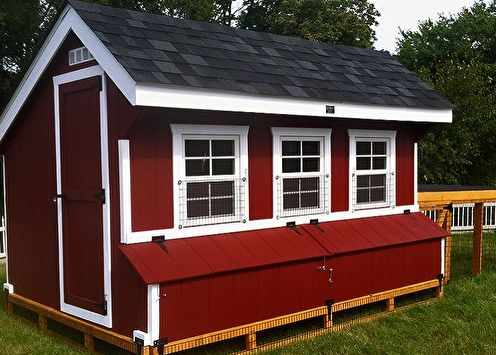
Decorative astilba is an ideal find for a picturesque summer cottage. It is unpretentious, not afraid of the shadow and the sun, does not require specific care. The history of cultivation and breeding of astilbe began in the 1800s. Since then, many new varieties and subspecies have been bred, and new ones are constantly appearing. They differ in size, appearance and living conditions, so you can decorate any area with astilbe.
General characteristics
Despite its rich history, for many years the astilbe was underestimated. This is an ordinary wild-growing flower - not too bright and attractive. It was first described by Lord Hamilton in 1825. And so the name appeared, which literally means "no shine." But the inconspicuous appearance did not prevent Hamilton from bringing several varieties to Europe.
At the end of the 19th century, the potential of astilbe was discerned by the botanist Emil Lemoine. He received a number of new varieties and for a long time honed to perfection garden forms. Later, breeders and scientists from other countries joined him.
Georg Arends did astilbe for more than half a century. He developed 84 new species with different shapes and colors of inflorescences, bush size, leaf appearance and flowering period. So began a full-fledged classification of a new garden culture. Varieties of Lemoine and Arends are loved by gardeners to this day.

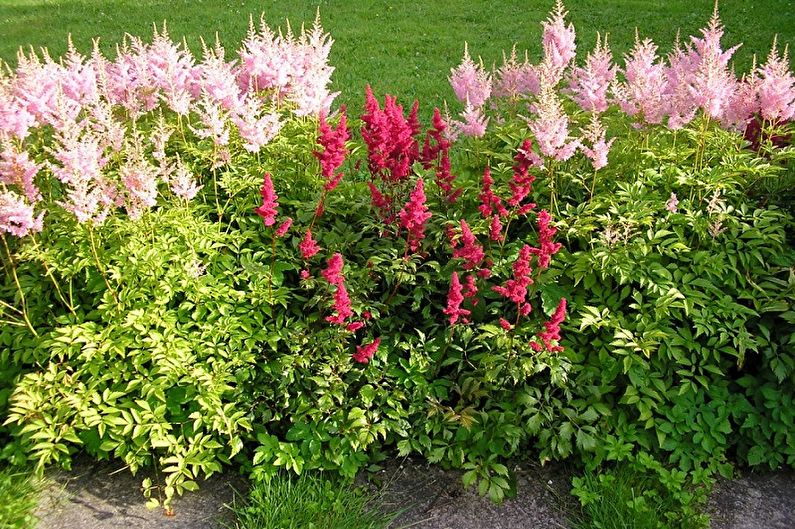
Astilbe groups
Nerds classify astilbe according to different criteria. Gardeners around the world use a number of generally accepted definitions. Such categories are based on the appearance, size and shape of the flower, and not on its origin. After all, it is the characteristics of the plant that determine whether it can be used on a particular site.
Flowering period. Most varieties of astilbe bloom in summer, and the period lasts 1-2 weeks. There are three groups: early, middle and late.
Height. There are four groups: High - from 90-100 cm; Medium - 60–90 cm; Low - 30-60 cm; Dwarf - up to 30 cm.
The shape of inflorescences. This is the main decorative feature.
- drooping. Inflorescences on a flexible long stalk droop to the ground. They look especially elegant and sophisticated.
- Pyramidal. Lateral branches diverge perpendicularly to the central axis, with flowers becoming thinner and shorter. The inflorescence narrows from the base to the apex.
- Paniculate. As in the pyramidal inflorescences, the lateral branches diverge perpendicular to the axial, but in this case they also branch intensively.
- Rhombic. Twigs with flowers extend at a right angle and form a semblance of a rhombus.
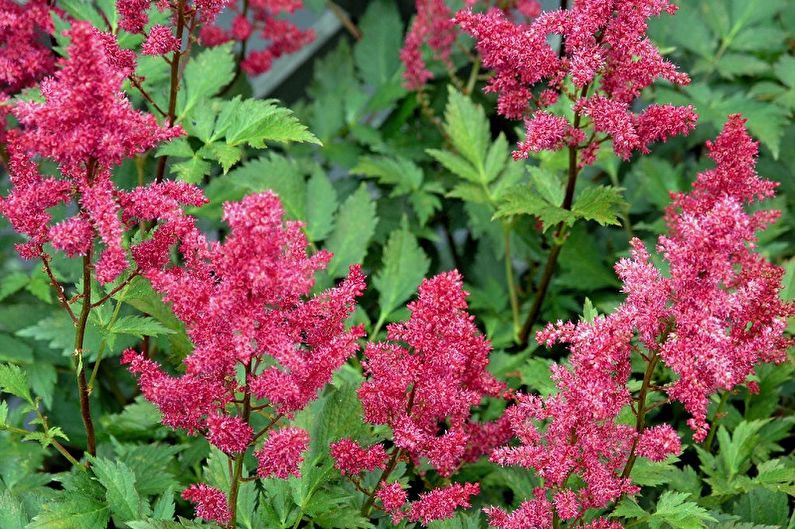
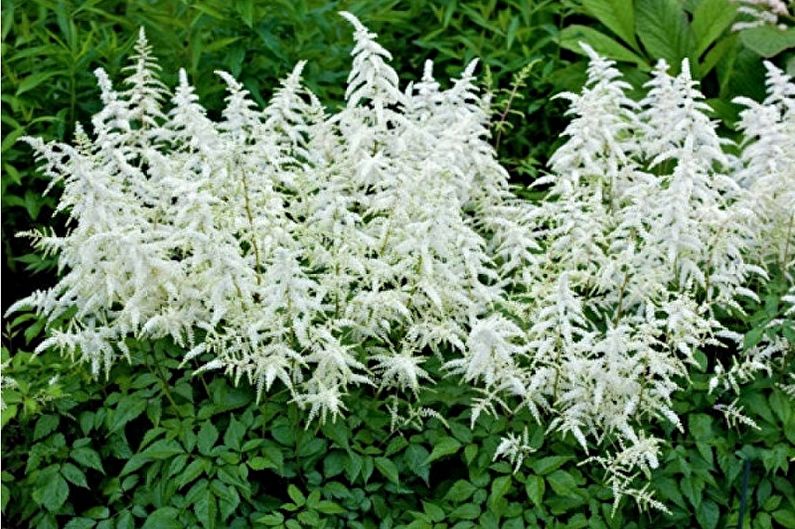
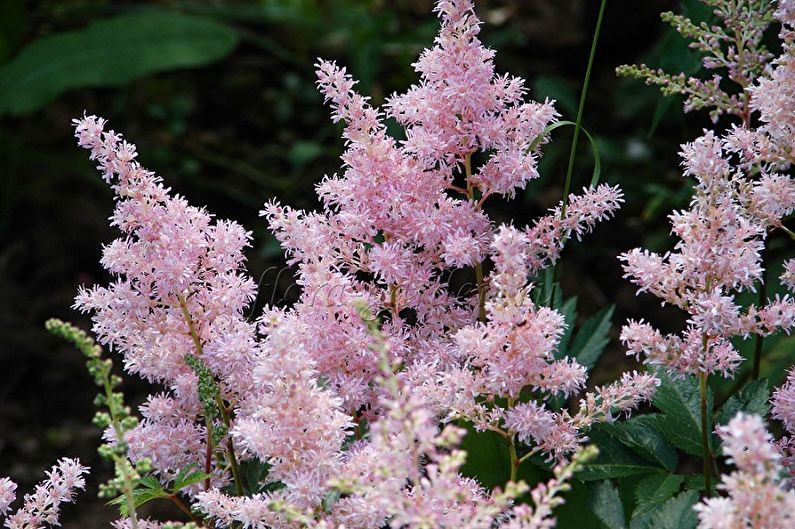
Types of Astilbe
According to nerds, there are more than 350 varieties of astilbe, and their number is constantly growing. However, only about 10 varieties are most often used.
Astilba nude
Low bush of small diameter, 12x15 cm. Pink flowers bloom in June-July. Leaves are cast bronze.
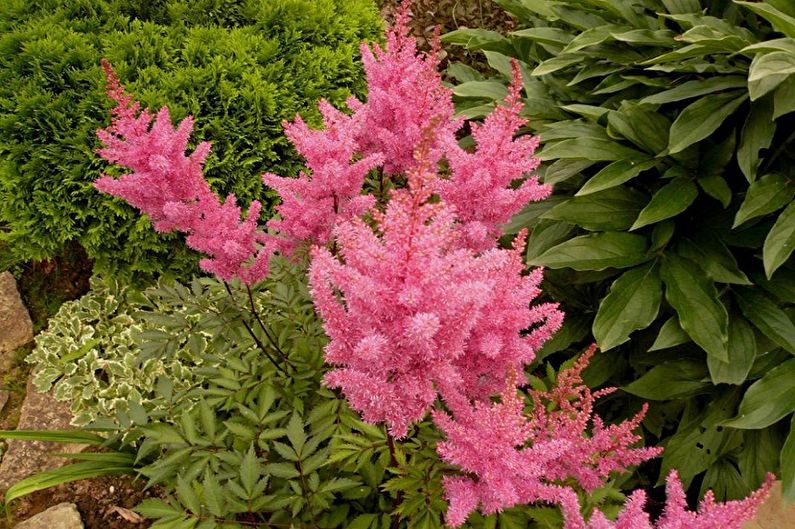
Astilba
It differs from most types of astilbe in undivided leaves of a simple configuration. The plate is green and shiny with a rough edge. White flowers are tightly collected in pyramidal drooping inflorescences. Other colors are less common. The flowering period is July-August.
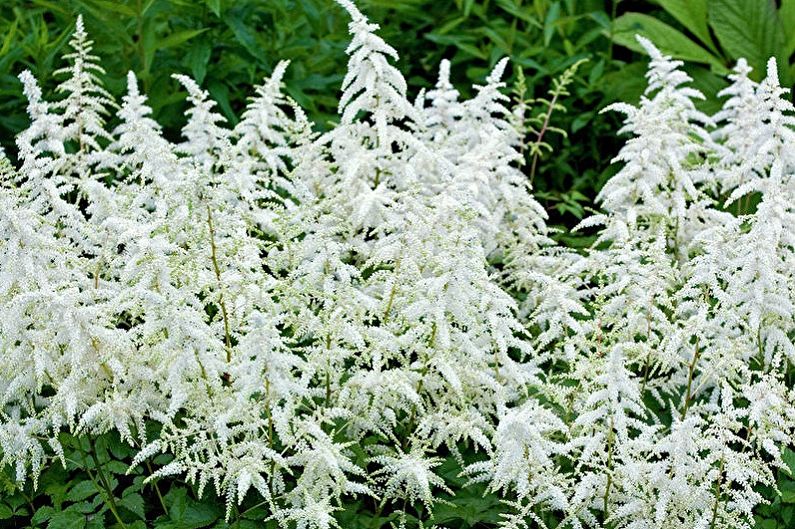
Astilba Chinese
A perennial fruitful plant with complex openwork leaves of several feathers. Height - up to 100 cm. The leaf plate is shiny, veined, covered with red villi along the edges. The largest are basal leaves on long petioles, stem ones are smaller and shorter. Small lilac, pink or white flowers bloom in long dense inflorescences about 30 cm long. The flowering period is the end of June - the beginning of August. Chinese astilba has been known since 1859. There are several subspecies.
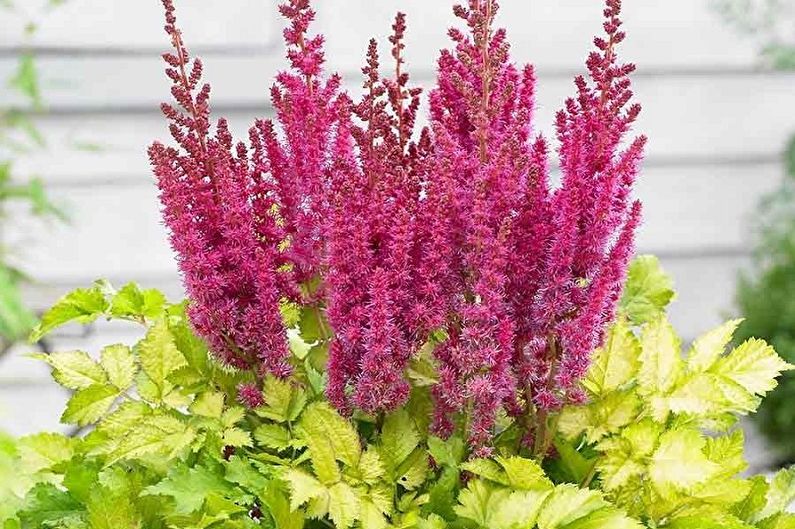
Astilba Korean
Known since 1904 and comes from Korea and Northeast China. This is a relatively low herbaceous plant up to 60 cm. Wrinkled leaves are light in color, with brown villi. Inflorescences are relatively short, up to 25 cm, but elastic and dense, slightly drooping. Flowers are creamy white. Flowering period is July.
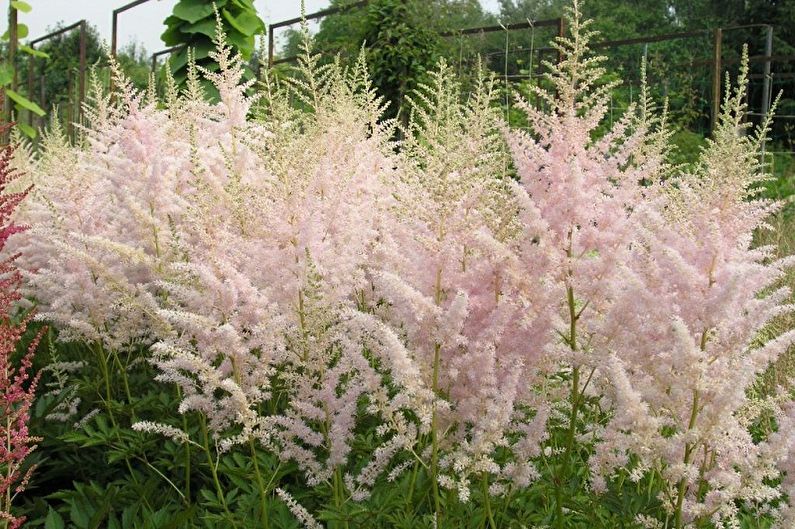
Astilba Japanese
One of the first representatives of the family of Japanese hybrids, known since 1837. A herbaceous perennial plant in the form of a wide spreading bush. Height - up to 80 cm. Dark cirrus leaves with a glossy plate grow on reddish petioles. Small pink or white flowers gather in dense rhombic inflorescences up to 30 cm. Flowering period is July.

Astilbe David
It has been known since 1902, and its homeland is Mongolia and Northern China. This is a tall fruitful perennial plant up to 150 cm. The leaves are light, with brownish veins, complex, pinnate and wrinkled. Lilac and pink flowers bloom in narrow pyramidal inflorescences up to 40 cm long. The flowering period is July-August.
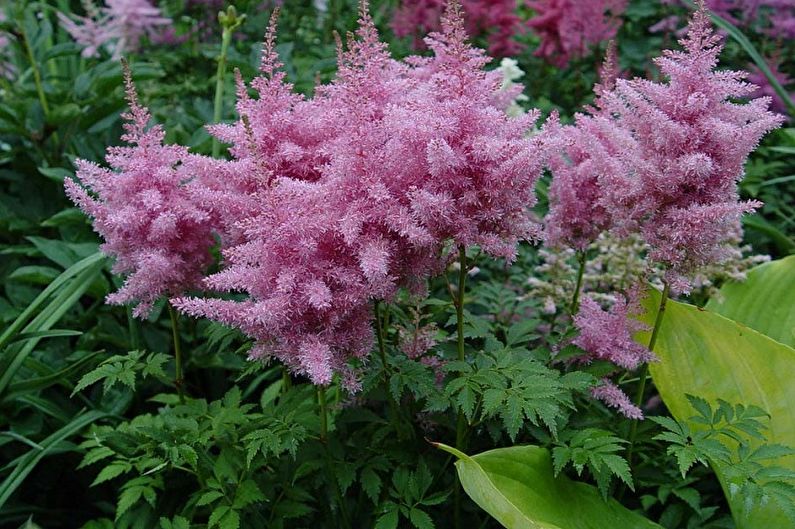
Astilba Thunberg
A specific subspecies common in the East Asian regions of Russia and Japan. Grows in deciduous and mixed leaves. This variety is known since 1878. The height of the bush reaches 80 cm. Feature - brown ligneous rhizome. Oval leaves are complex and pinnate, oval in shape with serrated edges. White flowers are collected in racemose branched inflorescences of the apical type 25x10 cm. Flowering period - July-August. There are several subspecies of this variety.
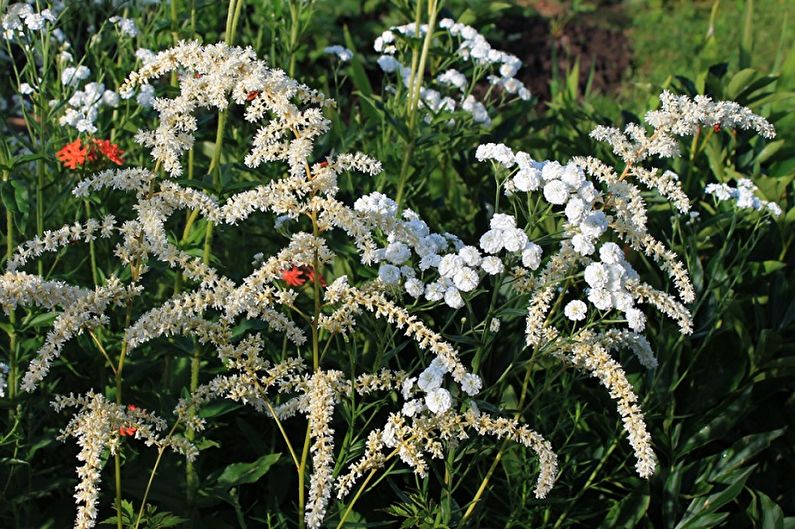
Astilba Care
Astilba in the garden is suitable for shady areas and requires constant hydration. In nature, it grows in shady deciduous forests or near water bodies, which affects its lifestyle.
Astilba is planted alone or in groups, in the ground or in containers. She gracefully fits into the mixborder or border. Dwarf varieties will brightly decorate a decorative alpine hill. Most species feel best in ponds. With a lack of moisture, the leaves wither, and the inflorescences become smaller.
Growth rate depends on moisture and heat. High varieties are planted at a distance of about 50 cm, low - up to 30 cm. First you need to prepare the soil: dig, remove weeds, make fertilizers and mineral additives. Areas with high groundwater are ideal.
Sparse shadow provides regular and intense flowering. The sun is best tolerated by varieties with light and white colors. Their period is shorter, but much richer.
The bush lives about 5 years. After that, it needs to be transplanted.

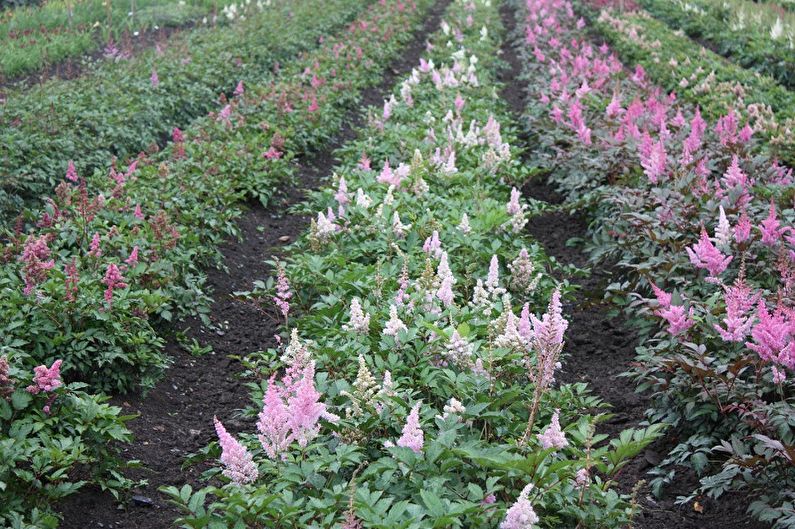
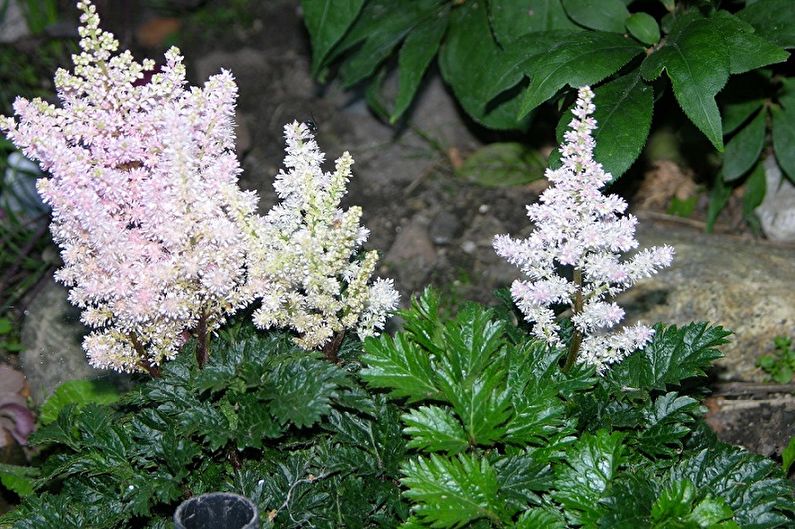
Transplantation and reproduction
Astilba is an excellent background for flower beds. She gets along well with other deciduous plants and spring-flowering varieties, such as tulips, hyacinths and saxifrage. It harmonizes well with daylilies, irises, bells, tall cereals, geraniums and other species. Different varieties complement each other. For example, a holistic composition can be created from undersized forms for the foreground and tall bushes for the back.
When planting, excavations of up to 30 cm are dug, where fertilizers, flour and humus are poured. The mixture is filled with water. Be sure to mulch the soil to preserve moisture and protect against overheating.
Gardeners use two methods of reproduction:
Kidney Renewal. The fastest option. In the spring, carefully cut the shoots with a fragment of the rhizome. Sprinkle sections with ash and drop them into a mixture of peat and gravel under the film. An astilba will be ready for transplantation into the ground in about a year.
Division of the bush. The easiest and most successful option. Dig a bush, cut the leaves and divide it into dividers with 3-5 buds. Remove the dead rhizome and plant the divisions at a distance from each other. Water them daily, and then when planting in early spring to fall, the astilbe will bloom.
Seed propagation use only breeders. It is difficult, long, requires high-quality seeds and special care. First, stratification is carried out to accelerate growth.Then the seeds are planted in moist soil, but not sealed in the ground. In spring, leaves can be transplanted into beds.
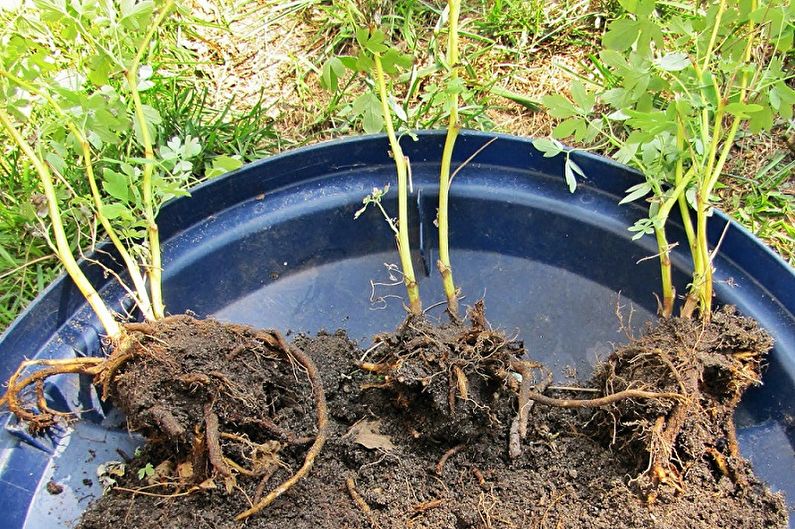
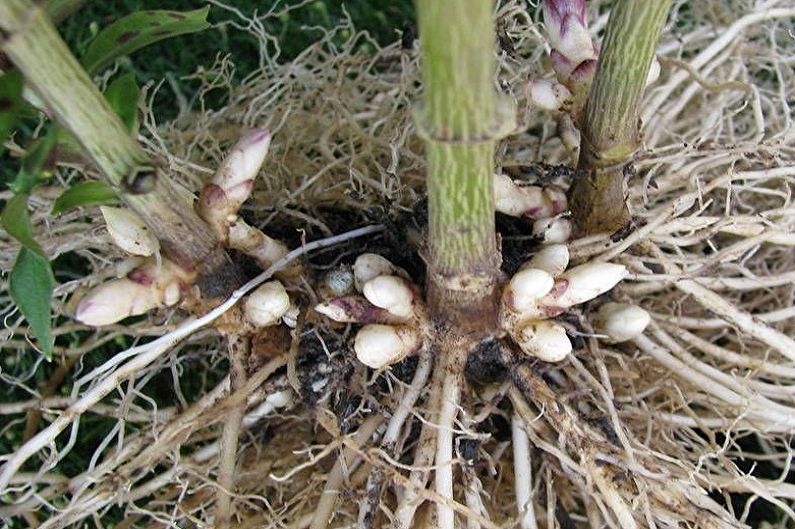
Pest and Disease Control
Astilba grows beautiful and healthy in almost any soil. The presence of potassium and phosphorus and their proportions are important. Peat and compost are used to feed dry earth, complex additives are used for wet soil, and phosphoric-potassium acids are used after flowering.
Astilba is almost not sick, and insects do not like her. The most common problems:
Pennitsa. These are small cicadas that lay eggs on leaves or young shoots. Because of pennies, plants grow more slowly, but inflorescences do not develop. It can also be a carrier of various diseases. She is not afraid of most chemicals, so you will have to manually get rid of the pest.
Nematode. These are small worms that parasitize on a plant and draw its juices. The main signs are thickening of petioles and shoots during leaf deformation. The leaf plates are twisted and covered with brown spots. Most often, affected plants have to be dug up and destroyed. For the prevention of invasion, complex insecticides are used.
Crunch and slugs. The easiest and fastest way to get rid of them manually.
Another problem of astilbe, like other moisture lovers, is rotting of the roots. This is due to an excess of water or insufficient oxygen in the soil. For prevention, before flowering, plants are treated with special antiseptics and Bordeaux liquid.
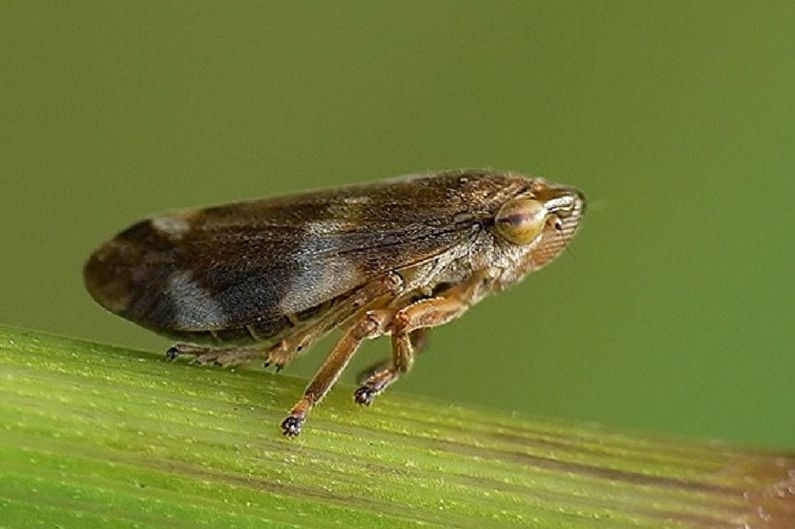
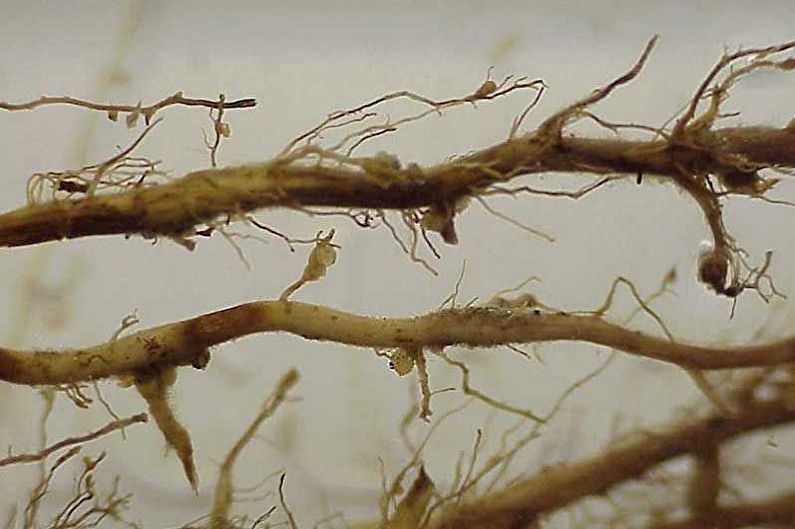
Astilba - photo
We have collected the best photographs of astilbe so you can compare and understand how a flower looks and where to plant or plant it. Watch and be inspired!
